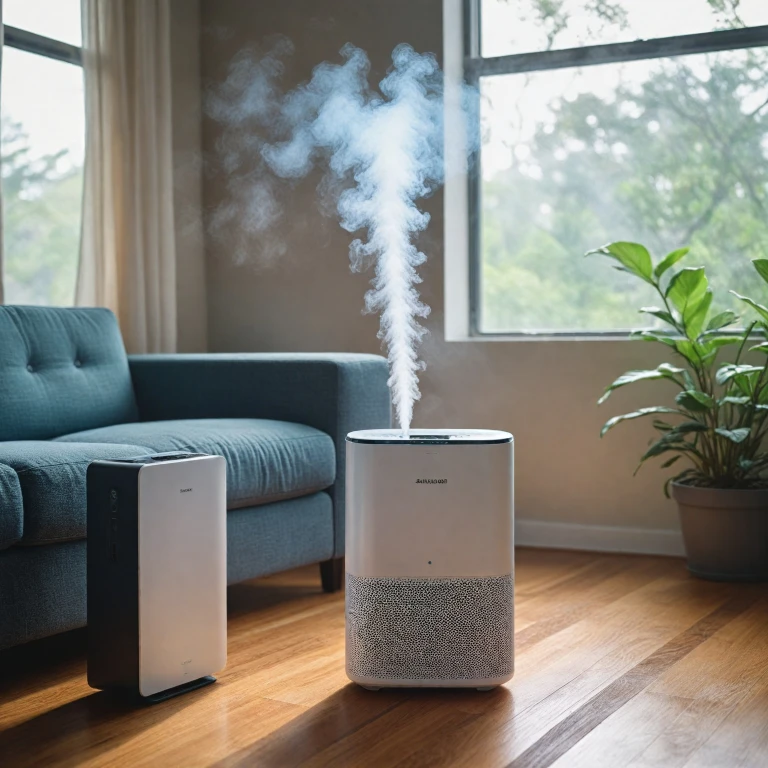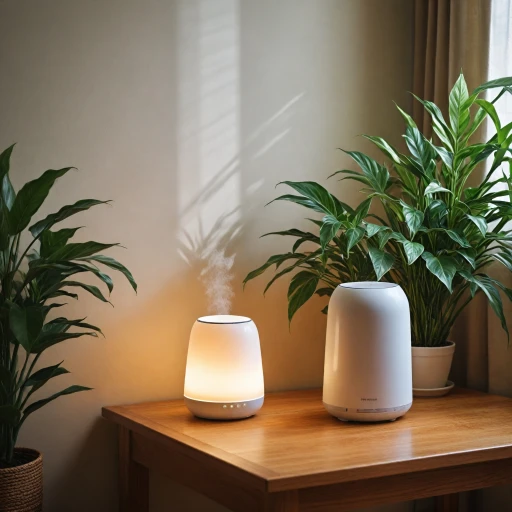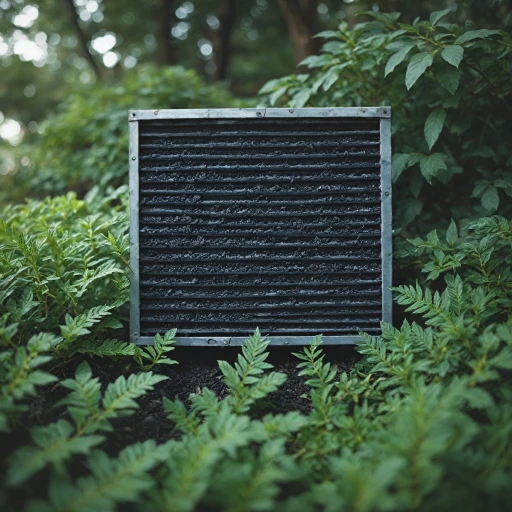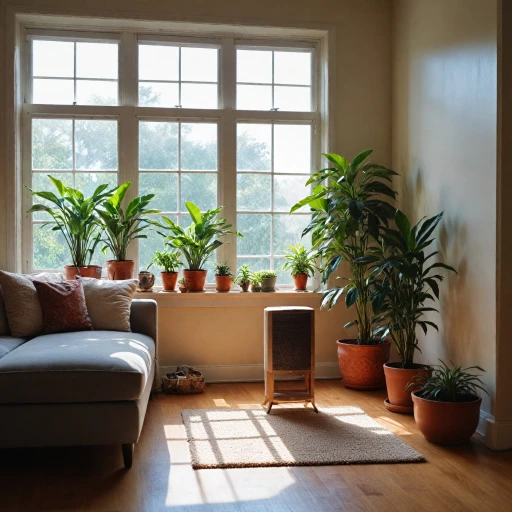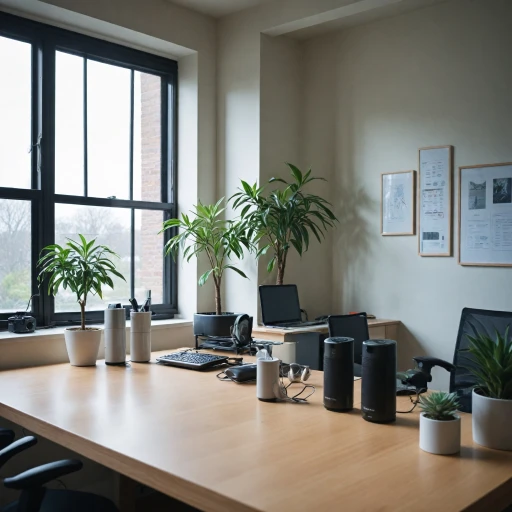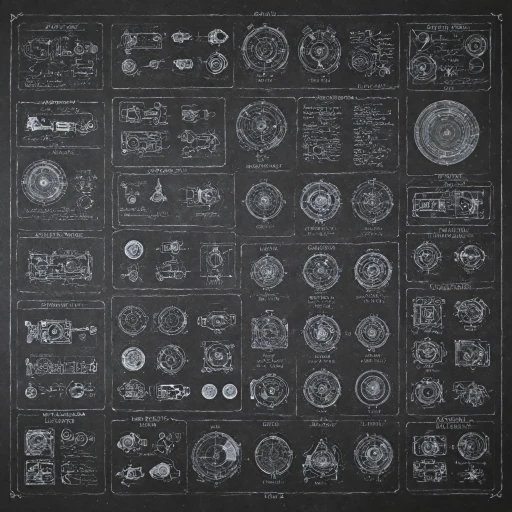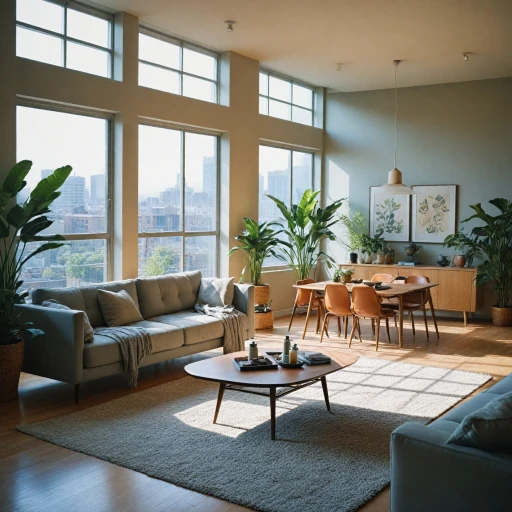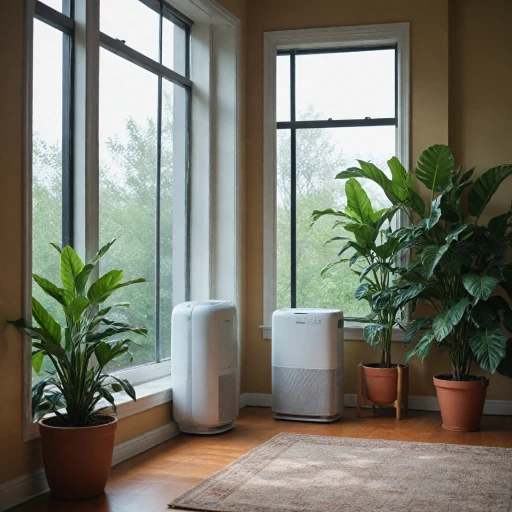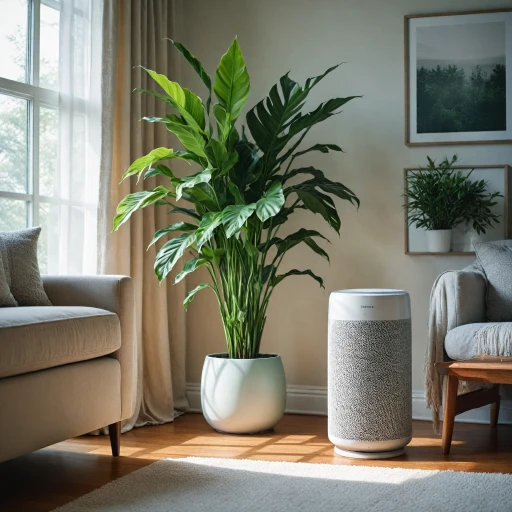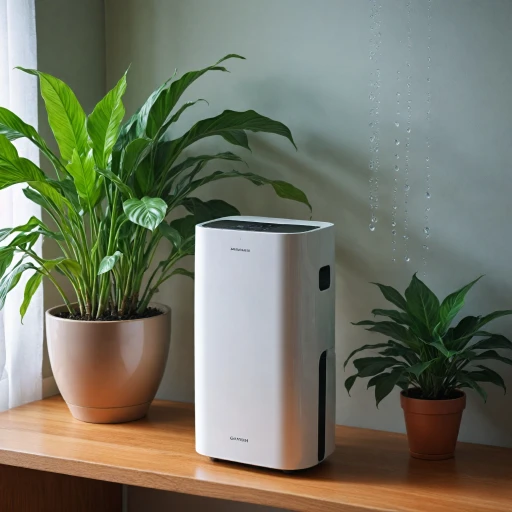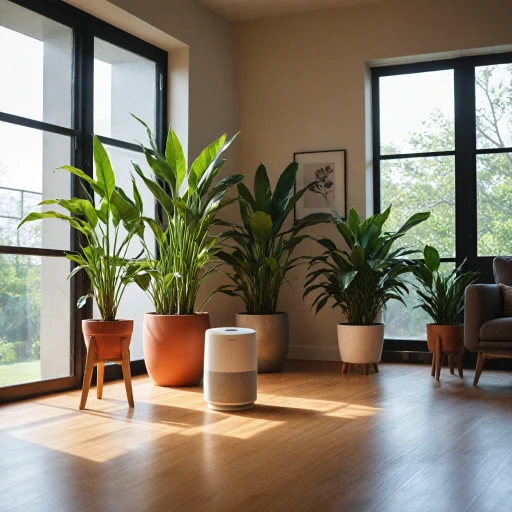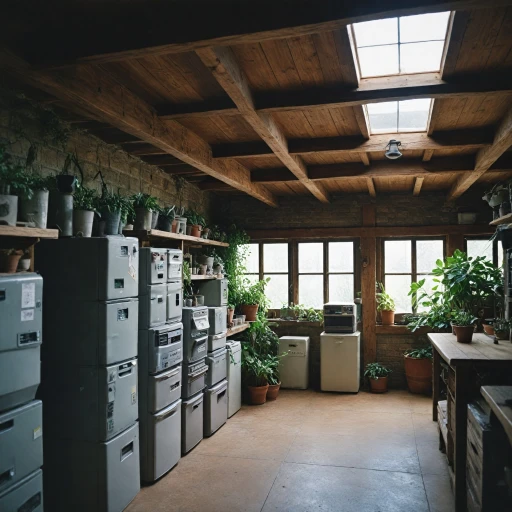Purpose and Functionality
Understanding How They Work in Your Space
Air purifiers and humidifiers are two devices often confused, yet their functionalities are distinct. Purifiers mainly focus on cleaning the air, targeting harmful particles like dust, pet dander, and pollutants, which might be beneficial for those with asthma or allergies. They work by capturing these particles using technologies like HEPA filters and activated carbon, playing a crucial role in improving indoor air quality.
On the other hand, humidifiers are designed to add moisture to dry air, an essential function especially during winter months when dry skin and respiratory discomfort can prevail. By maintaining optimal humidity levels, they help prevent mold and dust mites, which thrive in dry conditions.
Both devices significantly impact your indoor environment, but choosing which one you need depends on your primary concern. If you're looking to breathe cleaner air, a purifier is likely your best bet; to add moisture when the air feels dry, consider a humidifier.
For those shopping for air purifiers, exploring the best options specific to situations like dealing with cigarette smoke can also be beneficial. Choosing the right air purifier to combat cigarette smoke is one such consideration that can enhance your indoor quality.
Benefits of Air Purifiers
Advantages of Investing in Air Purifiers
Air purifiers have become essential devices in improving indoor air quality, particularly in environments prone to air pollutants. These devices can significantly enhance your living space by effectively removing harmful particles such as dust, pollen, and pet dander.- Reduced Allergens: For those suffering from allergies or asthma, air purifiers offer a helpful solution by trapping common allergens like dust mites and pollen, potentially alleviating symptoms.
- Elimination of Pollutants: Utilizing advanced filtration technologies, such as HEPA filters and activated carbon, air purifiers can effectively capture VOCs (volatile organic compounds) and other gaseous pollutants. This is crucial for maintaining a healthy breathing environment.
- Improvement in Respiratory Health: By providing cleaner air, these devices may reduce respiratory issues, making them particularly beneficial for sensitive groups, including children and older adults. For more on choosing the right filter for your needs, check out this useful guide.
- Neutralizing Odors: Unwanted odors, whether from cooking or pets, can be minimized with the right air purifier, ensuring a fresher smelling home.
- Mold Prevention: Air purifiers can also help reduce mold spores, a common indoor air pollutant associated with damp environments.
Benefits of Air Humidifiers
Maximizing the Benefits: Elevating Indoor Air Quality with Humidifiers
While air purifiers work diligently to filter out dust, particles, and other indoor pollutants, humidifiers play a vital role by addressing another crucial aspect of air quality: humidity levels. Maintaining the right balance of humidity can have substantial benefits for your health and home environment. Firstly, breathable and properly humidified air can help prevent the irritation caused by dry air. Many indoor spaces, especially during winter months, suffer from low humidity levels. This dry air can lead to dry skin, nasal congestion, and even exacerbate asthma symptoms. Furthermore, optimal humidity levels contribute to a healthier indoor environment. By adding moisture air, humidifiers help reduce the likelihood of mold and dust mites, as these thrive in overly dry conditions. They can, therefore, indirectly help reduce allergens such as pet dander, thus enhancing overall air quality. Additionally, humidifiers play a pivotal role in preserving wooden furniture and musical instruments. Dry air can lead to cracking and warping, but with the right amount of moisture, these concerns become a thing of the past. While not all devices are the same, choosing a purifier humidifier combination can offer the best of both worlds, ensuring a cleaner, more comfortable living environment. It's essential to remember, though, that the regular maintenance of both purifiers and humidifiers is crucial. Ensuring that filters are clean and water tanks are free from contaminants will enhance their effectiveness and longevity. If you're considering integrating these devices into your home, a clear understanding of their role in improving the air you breathe will help you make an informed decision. For more insights on optimizing your indoor environment, understanding the differences between these devices and determining your specific needs is paramount.Choosing the Right Device for Your Needs
Deciding Between Air Purifiers, Humidifiers, or Both
When you're trying to choose the right device for your needs, understanding your priorities is crucial. Here's a breakdown that might help narrow down your options:- Air Quality Concerns: If improving the air quality is your top priority due to allergens like dust mites, pet dander, or pollen, then an air purifier could be your best choice. These devices use filters such as HEPA filters and activated carbon to effectively trap particles and pollutants, ensuring clean air.
- Dry Air Issues: On the other hand, if you're dealing with dry indoor air that causes dry skin, irritation, or exacerbates respiratory issues, a humidifier may be the solution. Humidifiers add moisture to the air, helping maintain optimal humidity levels in your home.
- Combination Needs: Sometimes, a combination of both devices might be necessary. Especially if you're looking to improve air quality while also combating dry air. In such cases, some purifiers humidifiers offer a dual function that can add moisture while filtering out pollutants.
- Specific Health Concerns: Individuals with asthma or sensitivity to mold might benefit more from devices focused on air purification, as they reduce the presence of airborne triggers like dust and mold particles.
Maintenance and Care
Ensuring Optimal Performance: Care and Upkeep of Your Device
Maintaining your air purifiers and humidifiers is crucial for ensuring that these devices continue to help you achieve clean air and proper humidity levels. Without regular care, both devices can become less effective and even contribute to indoor air quality issues. Proper maintenance for air purifiers involves routine cleaning and filter replacement. Most purifiers use HEPA filters and activated carbon, crucial for capturing dust, pet dander, and pollutants. These filters should be replaced as recommended by the manufacturer to maintain optimal air quality. Depending on the model, filters may need changing every few months. For humidifiers, the maintenance focuses on preventing the growth of mold and bacteria which can be exacerbated by the moisture they add to the air. Regular cleaning of the water tank is essential, as is ensuring that you use fresh, clean water. Filtering water before use can also help in reducing mineral buildup. To aid with efficiency:- Regularly check for any blockages in purifiers and clean the pre-filters as needed.
- Adjust humidity levels according to the season, ensuring they remain between 30% and 50% to avoid creating an environment where dust mites and mold can thrive.
Common Misconceptions
Clearing Up the Confusion: Air Purifiers vs. Humidifiers
When it comes to indoor air quality, it's essential to understand that air purifiers and humidifiers serve different purposes, despite both being considered air quality devices. Several misconceptions can cloud the decision-making process for those seeking to improve their home's air.
Dispelling Common Misbeliefs
- Misconception 1: Air purifiers add moisture to the air. Purifiers are designed to remove dust, pollutants, pet dander, and other particles to deliver clean air, but they do not affect humidity levels. Conversely, humidifiers are aimed at combating dry air issues by adding moisture, helping with dry skin and improving overall humidity.
- Misconception 2: Humidifiers clean the air. While humidifiers add moisture air that can alleviate dryness, they do not filter or remove airborne particles. Air purifiers, on the other hand, use HEPA filters and activated carbon to capture dust and harmful compounds, contributing to enhanced indoor air quality.
- Misconception 3: Both devices require similar maintenance. While both require regular care, their maintenance routines differ significantly. Air purifiers need filter replacements and regular cleaning to remain effective, whereas humidifiers require frequent water changes to prevent mold buildup and ensure consistent moisture output.
- Misconception 4: All indoor air quality devices are interchangeable. Not all devices serve the same purpose. Prior to purchasing, identifying specific needs such as dealing with dust mites, pollutants, asthma triggers, or simply adding moisture to dry environments is critical.
Informing Your Decision
Ultimately, understanding the distinct roles of purifiers and humidifiers can help you make informed choices tailored to your indoor air needs. By distinguishing what each device offers, whether it's cleaner air or the right humidity levels, you can considerably improve your living conditions.
